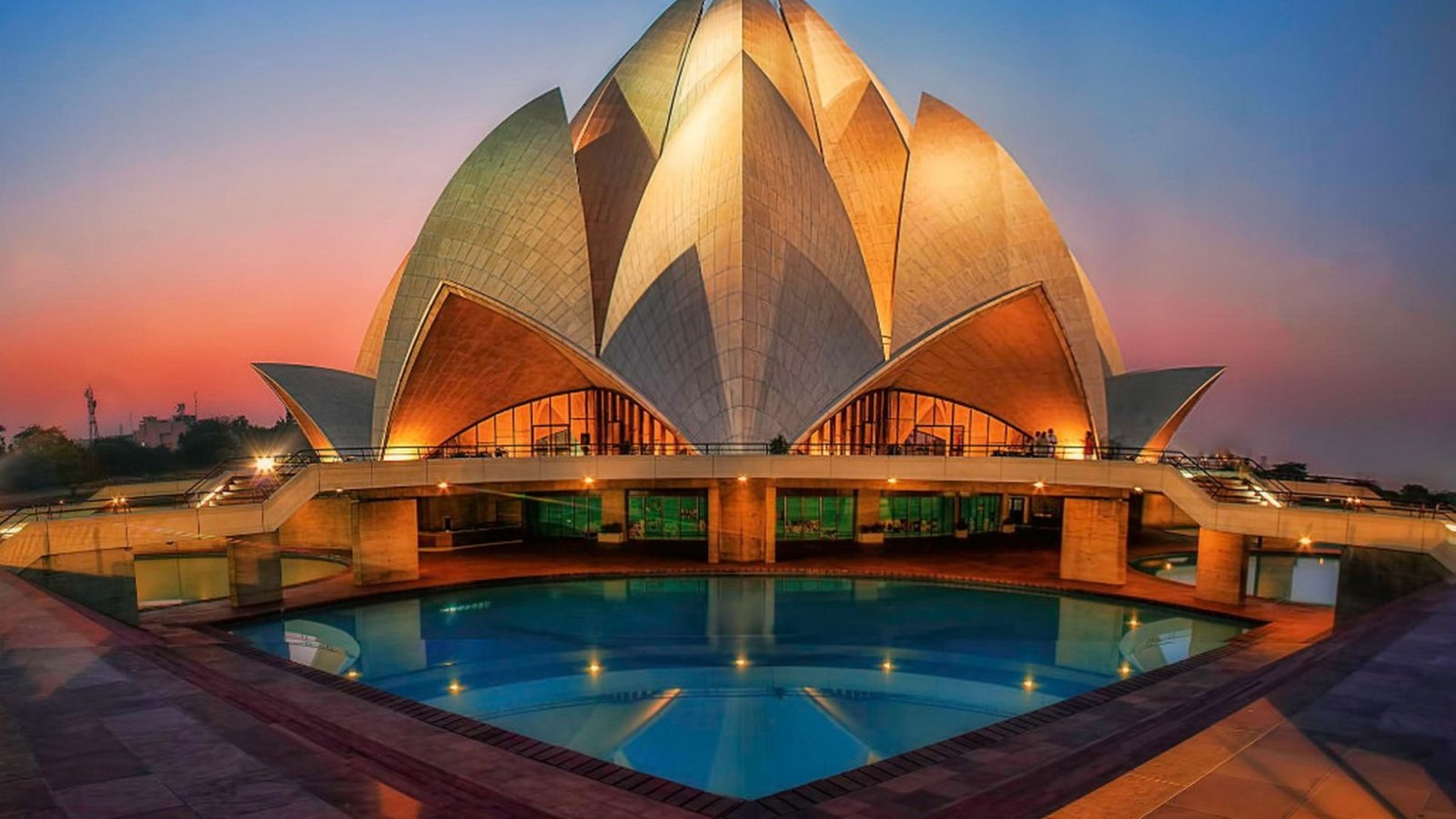Ways of Creating Timeless Architectural Design
Have you ever wondered how architects can design buildings that never go out of style? Timeless architectural design withstands the test of time, remaining relevant and appealing for generations. By focusing on key principles and avoiding trends, architects can create buildings that endure and inspire. Let’s explore effective strategies to achieve timeless architectural design.
Creating Timeless Architectural Design
Simplicity: Embracing Elegance and Clarity
Simplicity is a hallmark of timeless architecture. By stripping away unnecessary ornamentation and complexities, architects achieve elegance and clarity in design. Clean lines, uncluttered spaces, and minimalist aesthetics create a sense of harmony and balance that transcends fleeting trends. Emphasizing simplicity allows architectural features and proportions to speak for themselves, ensuring enduring appeal and functionality.

Quality Materials: Investing in Longevity and Durability
Timeless architecture relies on quality materials that age gracefully and withstand the elements. Natural materials such as stone, wood, and brick possess inherent beauty and durability. Architects prioritize materials that improve with age, developing a patina and character that enhance the building’s aesthetic appeal over time. Using sustainable and locally sourced materials further contributes to environmental stewardship and longevity in architectural design.
Balanced Proportions: Achieving Harmonious Scale and Form
Balanced proportions create visual harmony and proportion in architectural design. Architects carefully consider the relationship between elements such as windows, doors, rooflines, and facades to achieve a sense of proportion that feels natural and pleasing to the eye. Symmetry or asymmetry, when balanced effectively, contributes to the architectural integrity and timeless quality of a building. Proportional relationships ensure that the design remains balanced and cohesive for decades to come.
Functional Layout: Prioritizing Practicality and Efficiency
Timeless architecture integrates functional layout and spatial efficiency to meet the needs of occupants. Architects design spaces that are flexible, adaptable, and conducive to daily activities and evolving lifestyles. Efficient floor plans optimize circulation, natural light, and ventilation, enhancing the comfort and usability of interior spaces. Prioritizing functionality ensures that the architectural design remains practical and relevant over time, accommodating changes in technology and lifestyle trends.
Cultural Relevance: Reflecting Context and Heritage
Timeless architectural design respects cultural context and local heritage, reflecting regional traditions and values. Architects draw inspiration from historical precedents and local building practices to create buildings that resonate with their surroundings. Incorporating elements of cultural significance, such as materials, forms, and architectural motifs, ensures that the design remains rooted in its cultural context and stands the test of time. Cultural relevance fosters a sense of identity and connection to the community, enriching the architectural experience for generations to come.
Sustainable Practices: Promoting Environmental Responsibility
Timeless architecture embraces sustainable practices that minimize environmental impact and promote long-term sustainability. Architects integrate energy-efficient design strategies, such as passive solar heating, natural ventilation, and renewable energy systems, to reduce carbon footprint and operational costs. Using recycled materials and incorporating green building technologies further enhances the sustainability and resilience of architectural design. Sustainable practices ensure that buildings not only endure but also contribute positively to environmental stewardship and the well-being of future generations.
Adaptability: Designing for Long-Term Flexibility and Evolution
Timeless architectural design anticipates future needs and allows for adaptation and evolution over time. Architects consider changing demographics, technological advancements, and societal trends when designing buildings with long-term flexibility. Flexible spaces, modular design elements, and adaptable construction techniques enable buildings to accommodate diverse uses and functions throughout their lifespan. Designing for adaptability ensures that architectural design remains relevant and responsive to evolving needs and challenges in the built environment.
Enduring Beauty: Inspiring Emotion and Connection
Timeless architecture transcends aesthetic trends to evoke emotion and create lasting connections with occupants and visitors. Architects focus on creating spaces that inspire awe, tranquility, and a sense of belonging. Thoughtful consideration of light, texture, scale, and sensory experiences enhances the emotional impact and enduring beauty of architectural design. Enduring beauty fosters a timeless quality that resonates with people of all ages and backgrounds, enriching their lives and experiences within the built environment.
Conclusion
Achieving timeless architectural design requires a thoughtful balance of simplicity, quality materials, balanced proportions, functional efficiency, cultural relevance, sustainability, adaptability, and enduring beauty. By integrating these principles, architects can create buildings that stand as enduring symbols of creativity, craftsmanship, and innovation. Timeless architecture not only enriches the built environment but also inspires and connects people across generations, leaving a legacy of enduring excellence in architectural design.



